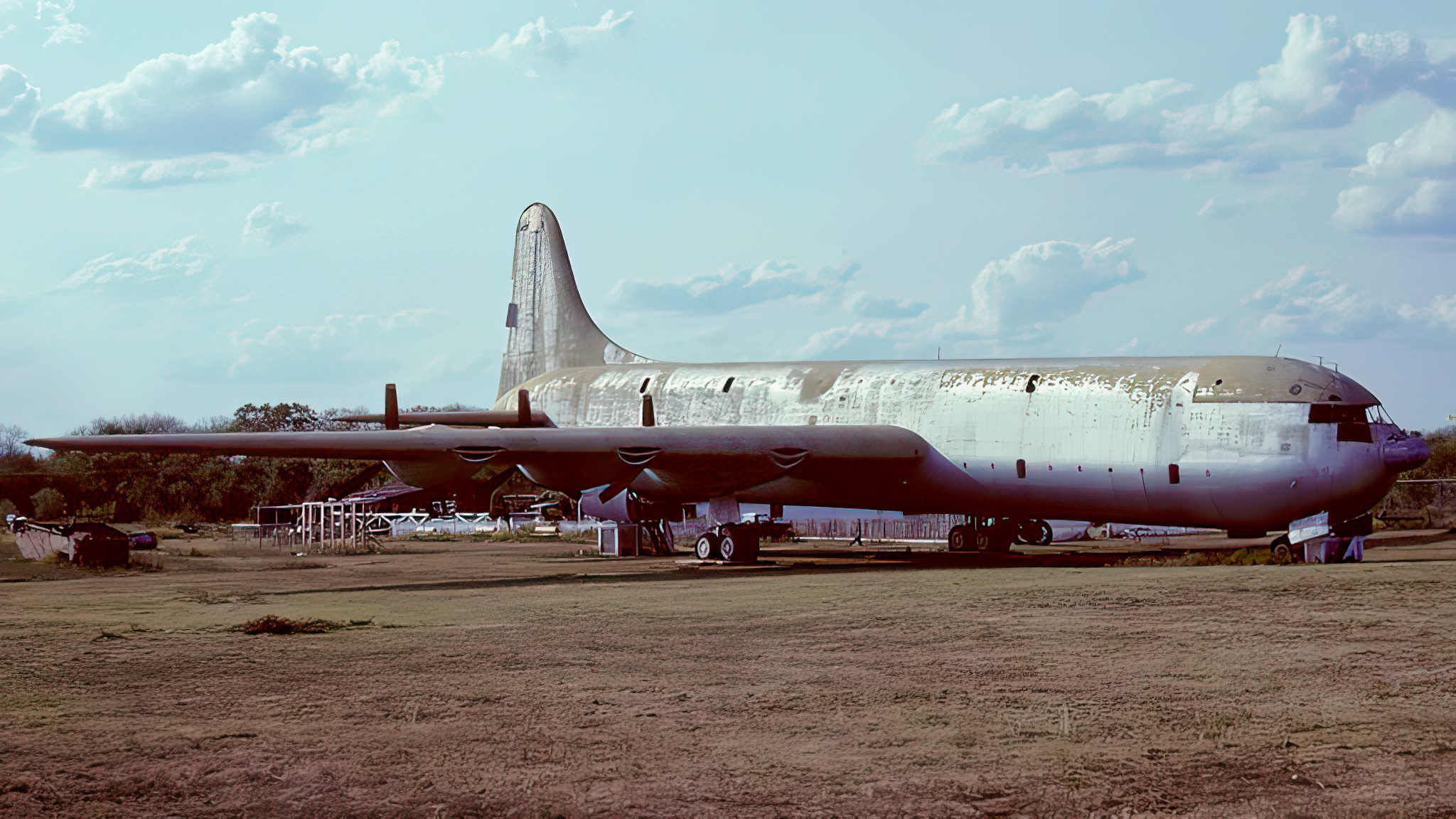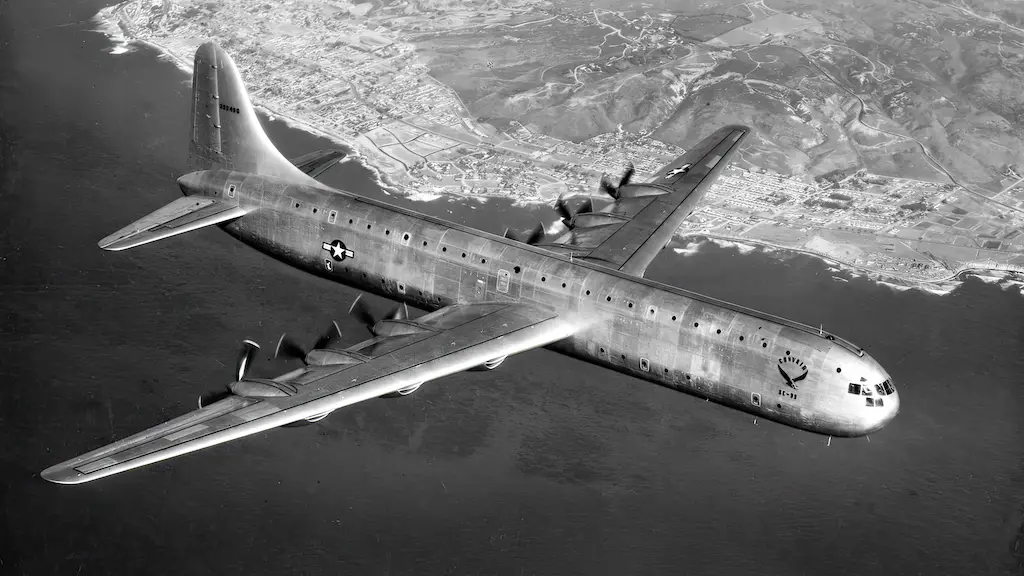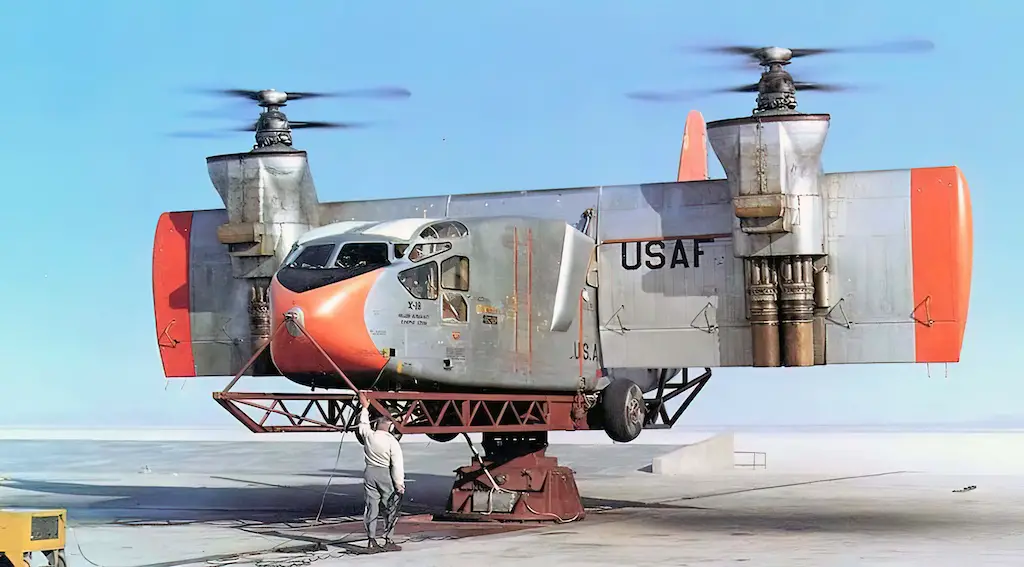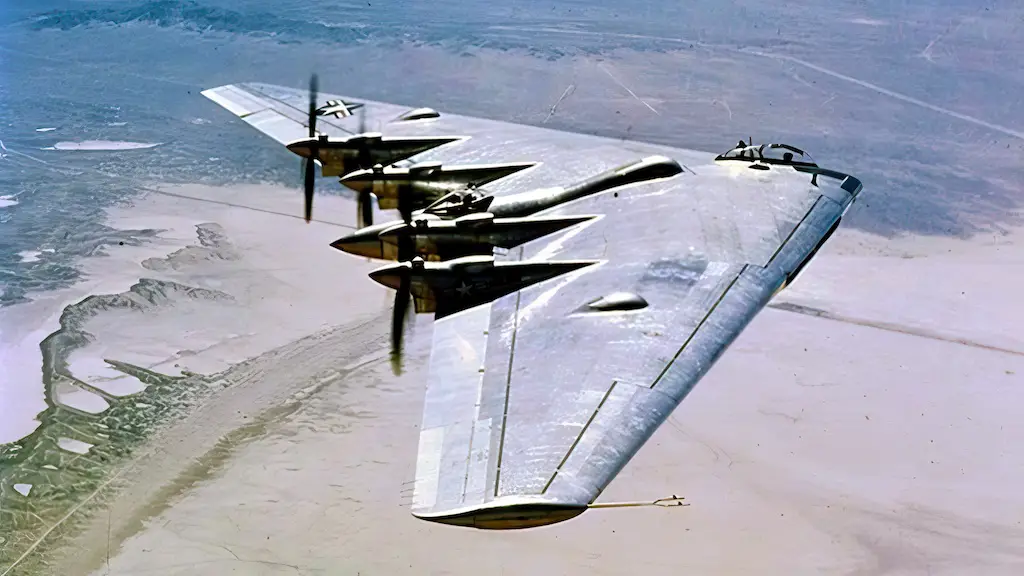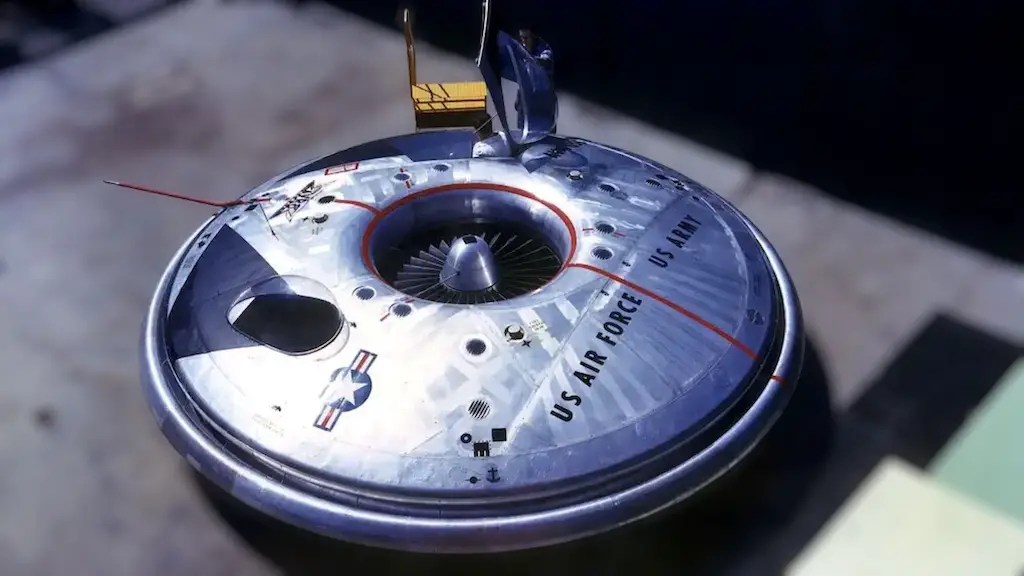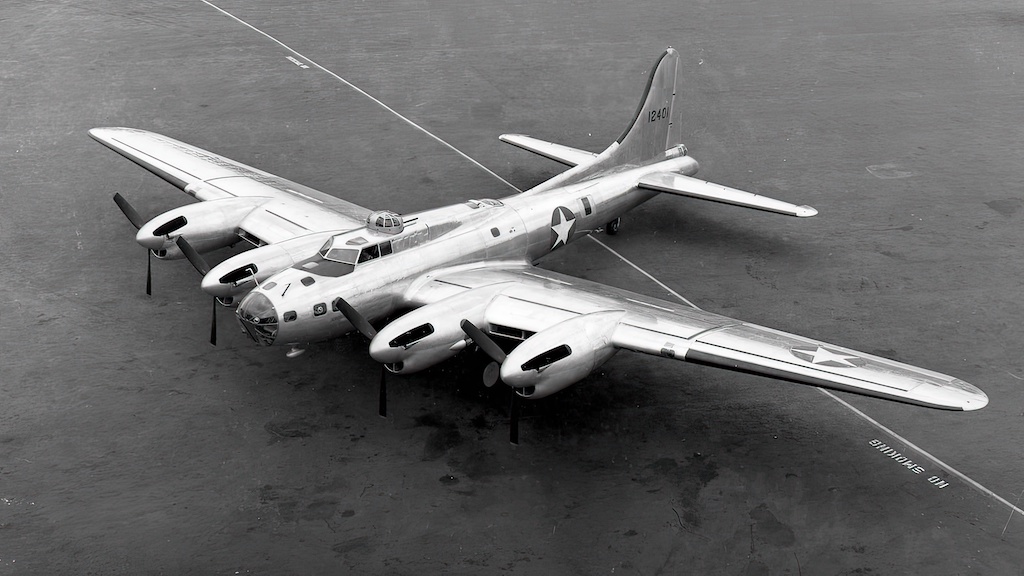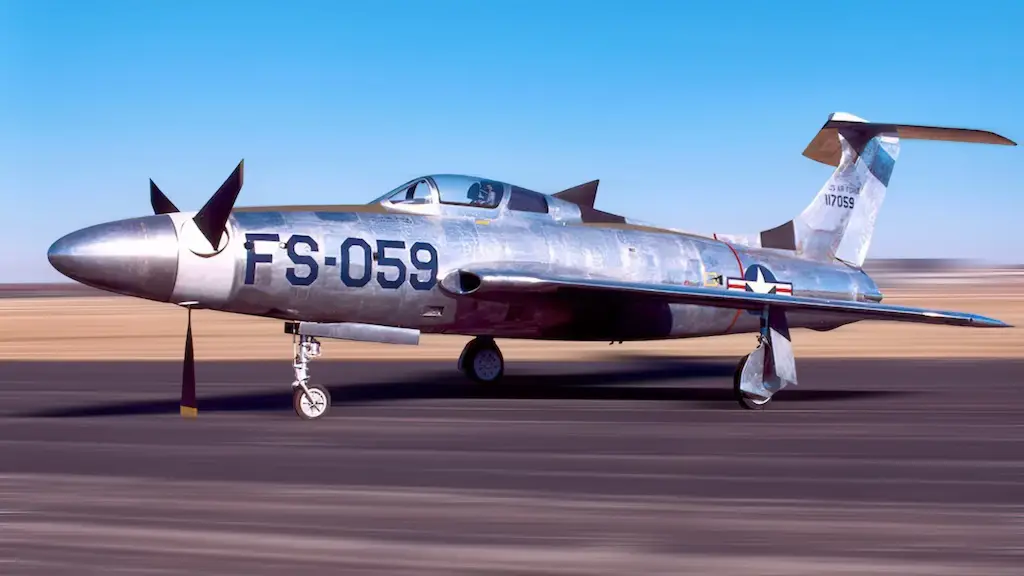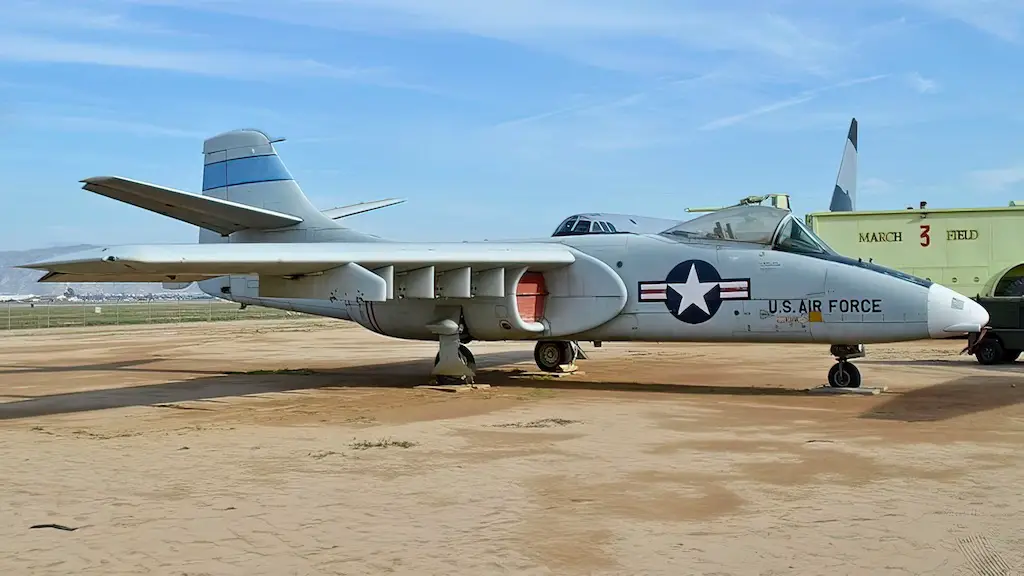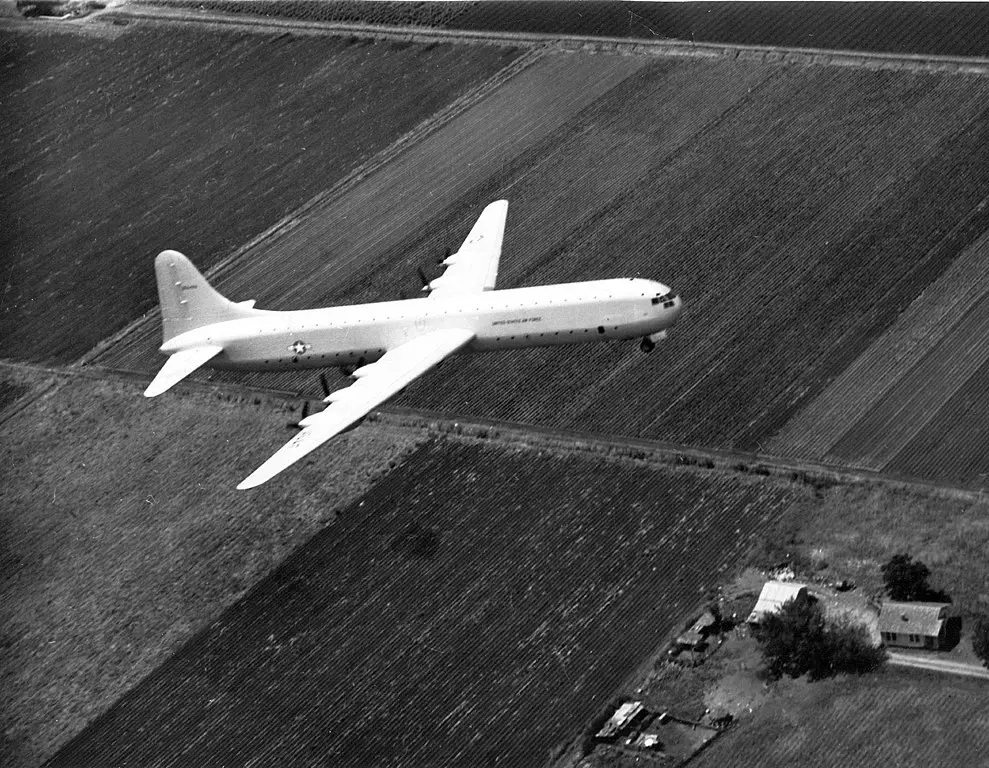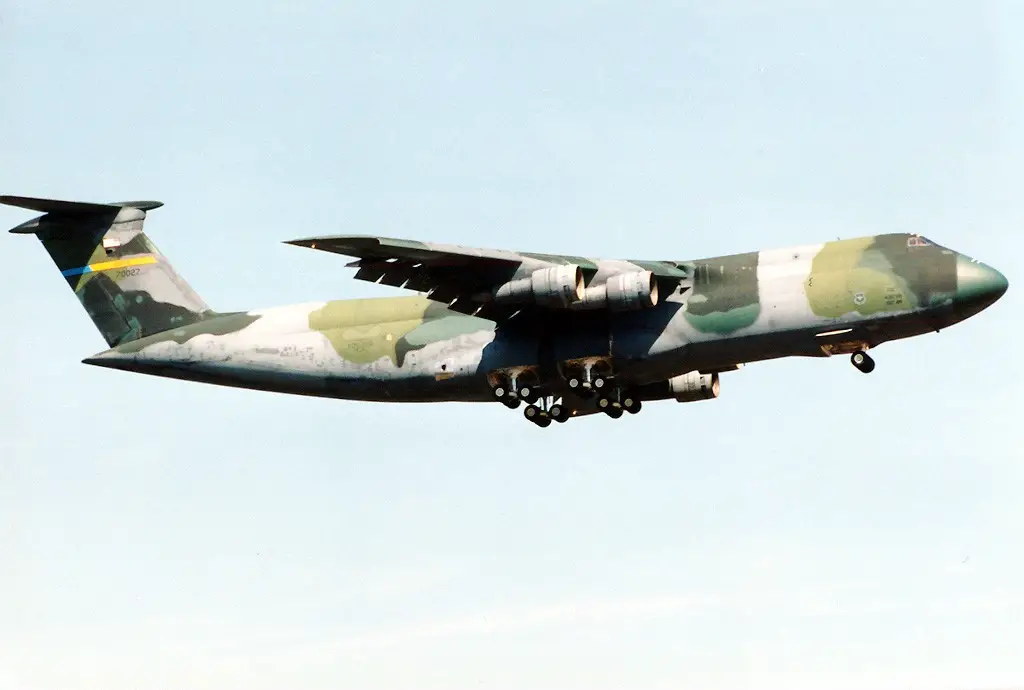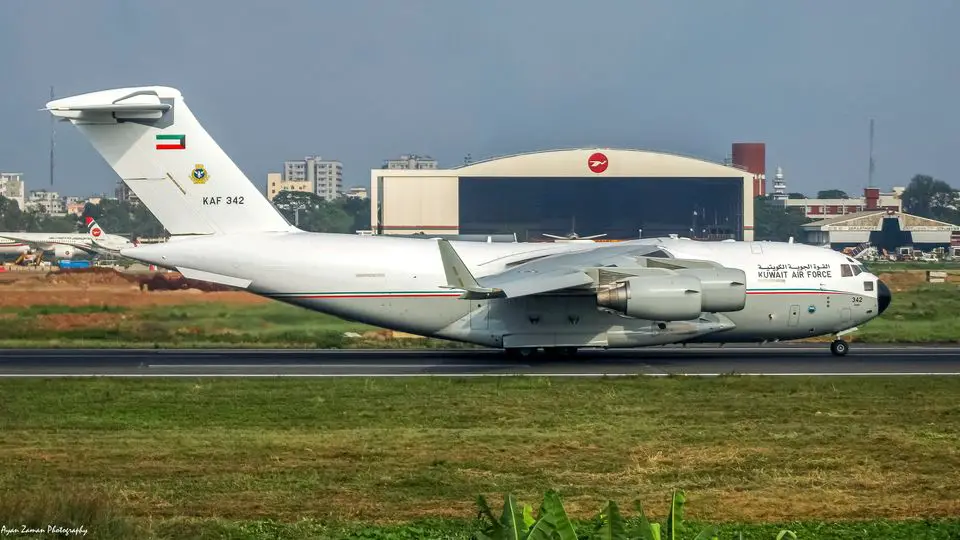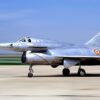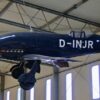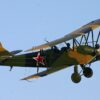The largest piston-engine aircraft
The Convair XC-99 was a behemoth of a transport airplane developed by Convair for the USAF in the late 1940s. It was a unique creation that measured 182 feet in length, had a wingspan of 230 feet, and was over 50 feet in height, making it one of the largest planes ever built during that period. It was also the largest piston-engine aircraft ever, contrary to popular belief it wasn’t the B-36 peacemaker. Its primary purpose was to serve as a carrier for large and oddly shaped cargo and a large number of troops over long distances.
The XC-99 had a capacity of 100,000 pounds and could travel over 4,000 miles. Its size & capabilities paved the way for future transport aircraft like the C-5 Galaxy & the C-17 Globemaster III. Ultimately, the XC-99 boasted an impressive payload capacity & range, making it a prized asset for the early years of the USAF during the Cold War.
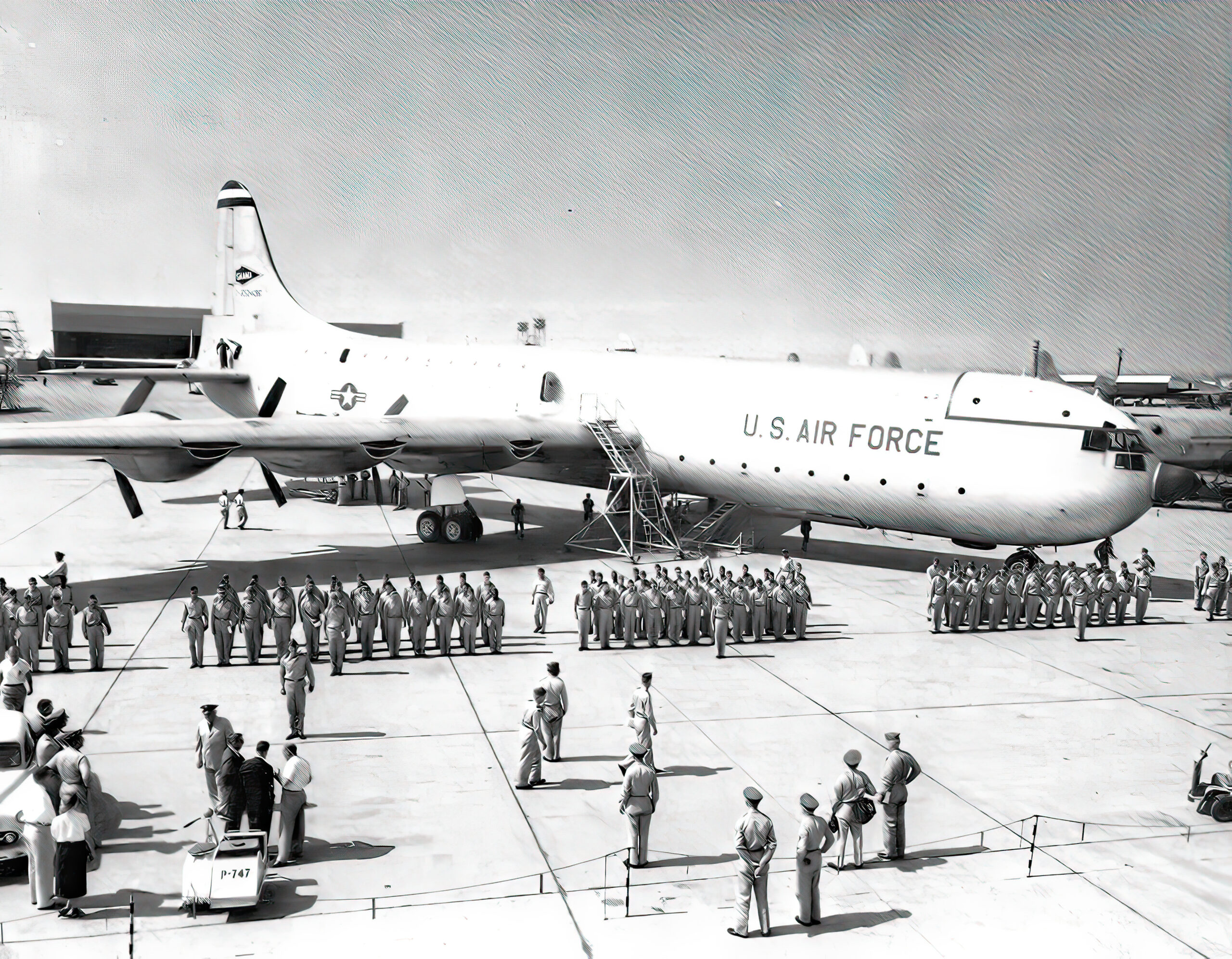
Development
The Convair XC-99 emerged after the United States Army Air Forces (later the USAF) requested a powerful aircraft for strategic transportation, with Convair taking on the development task in 1944. By November 1947, the first prototype was completed. Based on the design of the Convair B-36 Peacemaker bomber, the XC-99 had similar components, including six piston engines and high-mounted wings, but it was significantly larger, measuring 182 feet in length and 230 feet in wingspan. The XC-99 underwent testing periods during the late 1940s and early 1950s, which included cargo and troop transportation as well as the investigation of novel technology such as jet-assisted takeoff (JATO) rockets.
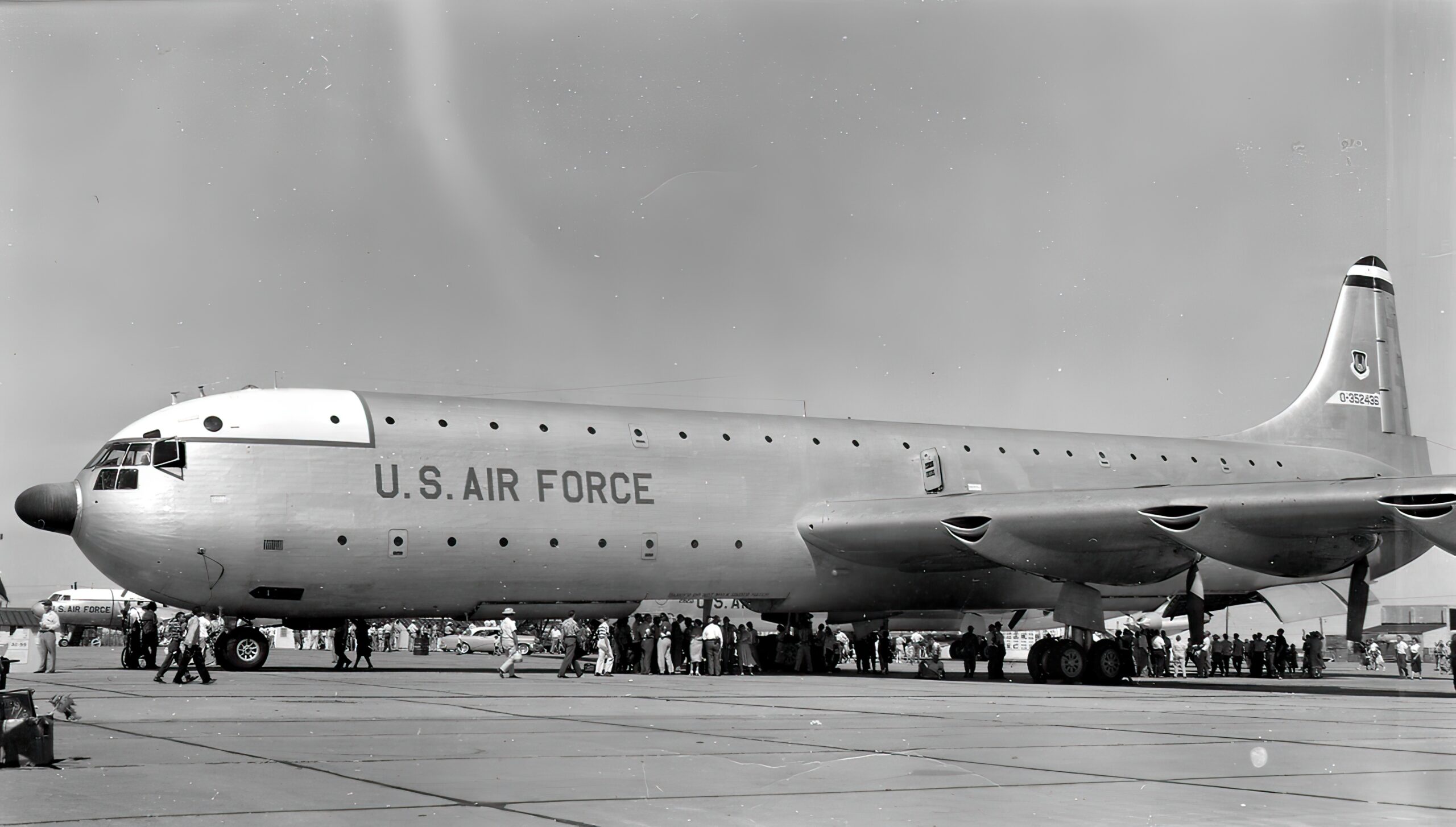
Jet-assisted takeoff
The Convair XC-99 underwent testing with jet-assisted takeoff (JATO) rockets. JATO rockets imparted extra thrust during takeoff, especially when a heavy load impeded the aircraft’s ability to achieve the required speed for takeoff.
The XC-99 sported four JATO rockets that could produce a maximum of 1,500 pounds of thrust each. During the assessment, these rockets were fastened to the wing’s base and lit moments before takeoff. As a result of the rocket’s proficiency, the XC-99 could carry weightier cargo and take off much more rapidly than it normally would.
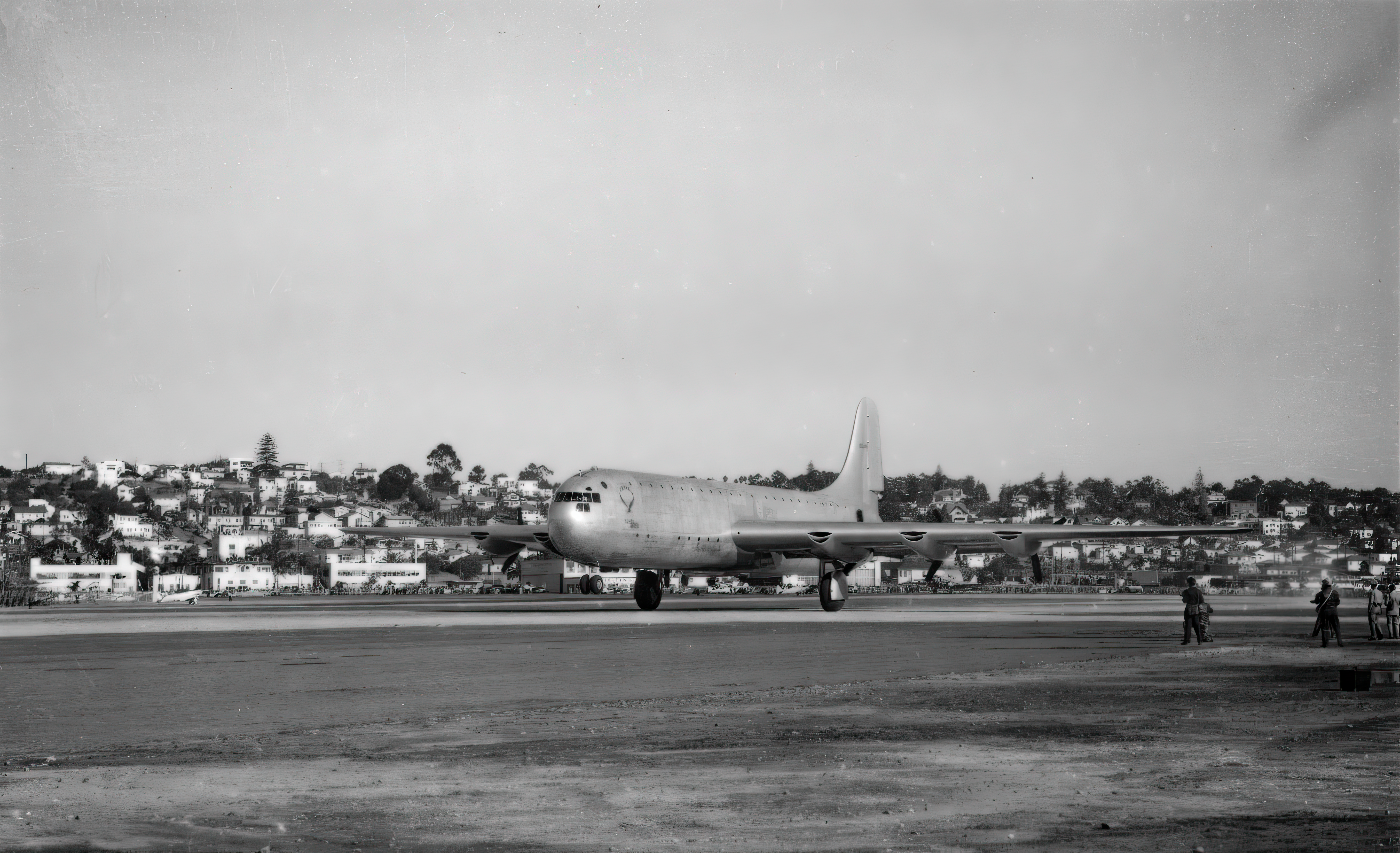
However, JATO rockets carried risks, evidenced by a malfunction that resulted in an explosion during the June 1949 incident, leading to damage to the XC-99’s fourth engine. Despite the setback, the JATO rockets used on the XC-99 were deemed effective, demonstrating the plane’s capacity as a strategic transport aircraft.
The jet engines were all the rage
Among the issues that the XC-99 had was its high fuel consumption, which outpaced that of other transport planes of the period. This was due to the use of less efficient piston engines instead of the jet engines that became the norm later on. The XC-99 was also limited in its operational flexibility due to its massive size and weight, making it hard to operate from smaller airfields and unsuitable for short-range missions. Furthermore, the cargo holds lack of pressurization restricted the types of cargo and altitudes it could carry. Consequently, only two prototypes were made, and the plane never went into full production.
Despite its cancellation, the XC-99 was vital in developing strategic transport planes. It paved the way for larger, more capable aircraft that followed in the coming decades.
